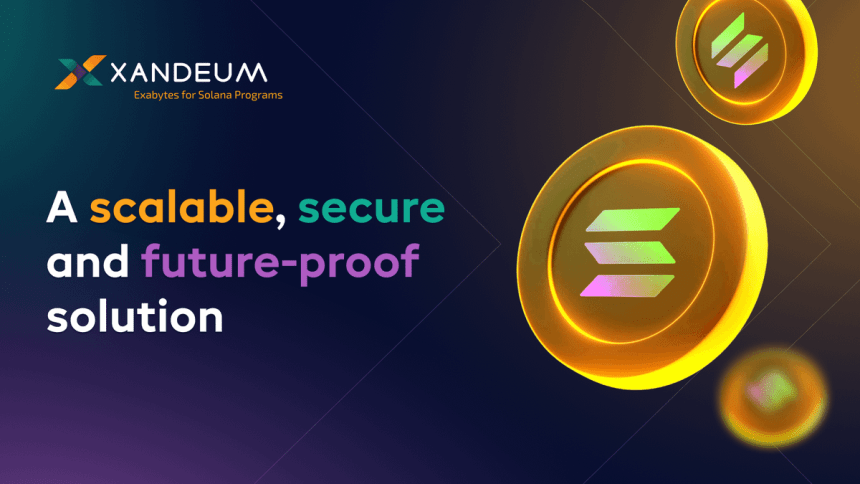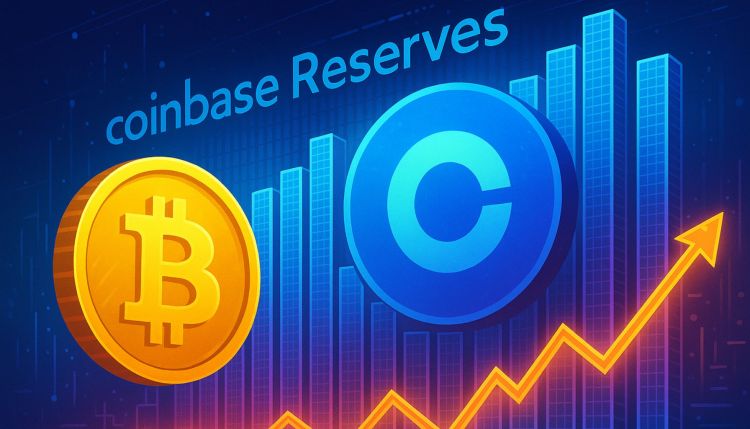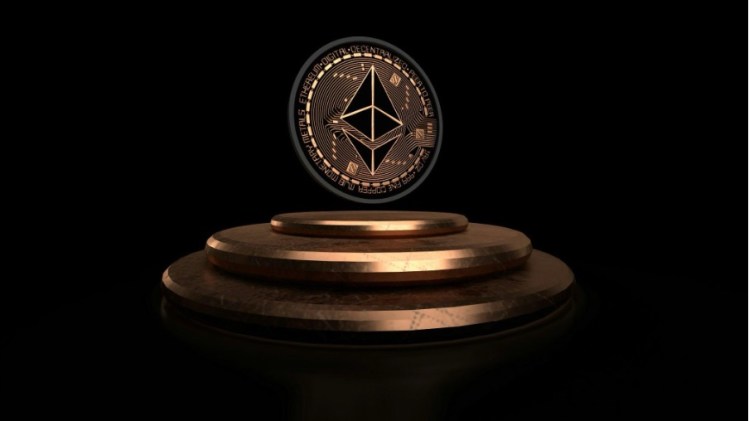Reason to trust

How Our News is Made
Strict editorial policy that focuses on accuracy, relevance, and impartiality
Ad discliamer
Morbi pretium leo et nisl aliquam mollis. Quisque arcu lorem, ultricies quis pellentesque nec, ullamcorper eu odio.
Blockchains can be described in many ways but when you boil it down, they’re essentially computers. A big, distributed, global computer capable of performing read/write operations, executing code, and storing content. This isn’t an analogy: it’s a reality.
Ethereum, if you recall, was once called “the world computer” and it’s a term that can equally be applied to any other smart contract-native L1. Like Solana, which has in many ways taken Ethereum’s crown and now serves, for millions of onchain users, as their designated world computer.
While this concept is easy to visualize, we rarely break it down further into its component parts. But doing so is a valuable exercise, not least because it makes it easier to understand the role that each part of the blockchain stack plays in making this computer operate efficiently. It also provides a helpful heuristic for envisaging ways in which this computer could be upgraded to enhance performance.
Solana Is RAM
RAM (Random Access Memory) is a computer’s short-term memory, holding data that the system’s processor requires quick access to. When you open and run a program, it’s loaded into RAM so that the processor can retrieve and manipulate data swiftly, without having to repeatedly read from the hard drive or SSD.
The more RAM a computer has, the more information it can store for immediate use, allowing for smoother multitasking and faster overall performance. When RAM is low or full, programs can become sluggish or may even crash because the system has to rely on much slower disk storage as a fallback.
But what’s all this got to do with Solana? Well, quite simply, Solana – or any other smart contract L1 you may wish to cite – is RAM. Any time you open up a dapp (computer program) it’s loaded into RAM, with all actions you make within that application recorded onchain. But RAM, as we’ve established, is a finite resource, and sometimes there ain’t enough of it to go round. That’s when the whole computer slow downs, impairing user experience.
The solution – in the context of blockchain, though it applies equally to your PC – is to reduce reliance on RAM. It’s a component that’s been optimized for short-term storage, and should only be used as such to avoid overloading it. Larger amounts of data should be entrusted to a hard disk or SSD – which is where Xandeum comes in. It’s no good at speeding up your home computer, but it’s ideally suited to freeing up the Solana main chain to do RAM things. Here’s why.
Finding a Permanent Home for Blockchain Data
As blockchains scale to support data-intensive dapps, particularly when it comes to AI with its insatiable demands, developers face a persistent bottleneck: where to store the deluge of information that smart contracts require? As noted earlier, L1s such as Solana excel at trustless, high-throughput execution, functioning like the RAM in a global decentralized computer. But they lack the equivalent of a large, reliable disk for big data storage.
Enter Xandeum, a scalable storage layer that aims to be Solana’s missing “disk.” Web3 storage isn’t just about stashing data somewhere “off-chain”: it must simultaneously satisfy three attributes. These are scalability, random access, and smart contract integration and embody a challenge often termed the blockchain storage trilemma.
Traditional blockchains, by design, weren’t built to hold exabyte-scale data. As AI, multimedia, and IoT use cases flood web3, data volumes have skyrocketed beyond the capacity of standard onchain storage. The RAM can’t handle it, in other words, to invoke a callback. Xandeum is intent on accommodating vast storage demands without sacrificing throughput or decentralization. It doesn’t just want to be a disk – it wants to be a bigger disk than anything that’s gone before.
Data Storage Without the Downsides
Most decentralized storage solutions operate more like archival systems, optimized for infrequent retrieval and high latency. Xandeum, by contrast, aims to provide live, interactive data access. This “random access” feature is critical for dapps that rely on rapid reading and writing, be it fetching market data for DeFi or pulling real-time sensor inputs for IoT services.
To unlock the true potential of decentralized applications, stored data must seamlessly interact with onchain logic. Xandeum is designed to integrate directly with Solana’s smart contracts, allowing them to verify and manipulate off-chain data as if it were onchain – only without the prohibitive cost and capacity limits of L1 storage.
To return to RAM one last time, this is how Xandeum’s vision of a world computer unconstrained by resource limitations plays out:
- Solana (RAM): Executes and finalizes transactions at lightning-fast speeds. Great for real-time dapp logic but not designed to store massive files or datasets.
- Xandeum (Disk): Manages big data off-chain in a cryptographically verifiable environment. Maintains performance and decentralization while preventing network bloat.
By delegating large-volume storage tasks to Xandeum, developers can keep the Solana blockchain lean and efficient. At the same time, they can still trust the integrity of off-chain data, thanks to proof mechanisms that verify authenticity without pulling gigabytes – or even exabytes – of information onchain.
As the disk to Solana’s RAM, Xandeum provides the missing piece in the blockchain computing stack. This division of labor enables developers to build scalable, data-intensive applications while preserving the speed, efficiency, and trustlessness for which Solana is renowned. RAM is finite. Hard drive space is virtually unlimited. That, in a nutshell, is why data belongs off-chain, freeing Solana to do what Solana does best.

















